The Marines are moving gradually and sometimes reluctantly to integrate women and men in boot camp
By Lolita C. Baldor The Associated Press
Sunday, October 8, 2023
PARRIS ISLAND, S.C. (AP) — Under a scorching sky at Marine Base Parris Island, two young recruits grapple awkwardly in hand-to-hand combat inside an Octagon training structure. Circling them, the drill instructor barks orders, “Hit her! Punch her! DO something!”
Outside the ring, a mix of male and female Marine hopefuls are helping each other put on protective headgear, preparing for their turn at combat. They are assigned to one of the mixed-gender recruit companies as the Marine Corps moves gradually — and at times reluctantly — to more integrated training at boot camp.
It's been a bit hit-and-miss.
While companies of men and women train together at the ring, on the obstacle course or at the range, the line of recruits outside the swimming pool presents a sharp contrast. There the companies are broken up into their smaller platoons that remain separated by gender. So as they line up, there is a small group of women standing rod-straight at the front with groups of men in formation behind them.
It's a stark visual reminder that Corps leaders still fervently believe there must be a degree of segregation as they mold young people into tomorrow's force of what they promote as the Few, the Proud, the Marines.
This summer — nearly eight years after the defense secretary at the time, Ash Carter, ordered all combat jobs open to women — the Marine Corps formally deactivated the 4th Marine Recruit Training Battalion at Parris Island. Since 1949, all female recruits have gone through boot camp at the South Carolina base; the 4th Battalion was created in 1986 as the women's unit.
The Marines have inched grudgingly toward integration. Marine leaders flatly opposed allowing women in combat jobs, but Carter dismissed their arguments. Many Corps officers stridently defended the training separation, insisting that women could grow more confident quickly if they were not directly competing with their often larger or stronger male counterparts.
Under pressure from Congress, the Marines over the past four years gradually made the 4th Battalion coed, then disbanded it in June. The remaining recruit battalions include a mix of gender-integrated and all-male companies.
Now, Marine leaders say, boot camp is integrated.
But from watching the training for several days, it's not that clear-cut.
Inside the pool, men and women struggle side by side, jumping off a platform and swimming to the other end. Some wear their fatigues inside out, identifying them as Marines who are just learning to swim and flailing the length of the pool in a mix of dog paddle and haphazard overhand stroke. Instructors are also a mix of men and women, and they line the sides ready to toss a float or jump in if needed.
But outside, a group of recruits moving through the woods and then dropping to crawl across a stretch of blistering hot sand are all men trying to get through the final tests to become a Marine. A second group on a different part of the course also includes no women.
Brig. Gen. Walker Field, who heads the recruit depot, is insistent that keeping the platoons segregated by gender is key to the way the Corps makes Marines — by taking individuals, breaking them down and building them back up as team members.
“We have established a tried-and-true manner by which we train Marines that proves effective in transforming young Americans,” he said in a recent interview at Parris Island. “We break down their individuality and grow them as a team. We’re adamant about that outcome. Having the platoon model is absolutely part of that.”
He added that by 2024, training at Marine Recruit Depot San Diego on the West Coast will also be fully integrated. Female recruits will then be split evenly between the two locations.
Field said keeping the platoons all one gender allows unit leaders to provide guidance and instruction tailored for each group when they are together in their barracks in the evenings. “Being the same gender at the platoon level allows us to optimize the training schedule every single day and every hour of the day,” he said.
Some measure of all-male companies would be necessary no matter what because there just are not enough female recruits to go around. Of all the military services, the Corps has the smallest percentage of woman, hovering between 8% and 9%.
Lt. Col. Aixa Dones and other female officers are also strong advocates of the continued segregation.
“As someone who came through this battalion as a recruit and has worked here as a young company grade officer, I would advocate that there’s goodness to there being all-female platoons,” said Dones, who served as the last commander of the 4th Battalion before its shutdown this year.
Speaking in the former battalion's offices, now largely empty, she said she remembers being a young recruit, and “I can’t imagine it having gone any other way.” Noting that 17- and 18-year-olds are not too mature, she said they can easily get distracted by “liking and feelings and emotions.”
She and others say keeping the men and women in separate platoons helps them stay focused and that changing to full integration could present problems.
Out near the firing range, Sgt. Maria Torres, a drill instructor, is working on firearm basics with her all-female platoon. The company-level integration, she said, is necessary and a good start. But expanding it to the platoon level might have consequences, so “we’d have to start small.”
But many disagree. They say the separate platoons only reinforce the stigma that the women are not considered equal and should be treated differently.
Erin Kirk, a former Marine sergeant who went through the more segregated training in 2010, remembers the ridicule and the cat calls from male recruits who looked down on the women in the 4th Battalion. The split, she said, divided them into “male Marines” and “female Marines,” and that shaped the men’s view of the women and made it more difficult for them to work together as they moved along.
“It made you feel like you weren’t part of the team. It made it difficult to be seen as a real Marine,” said Kirk, who served for five years. “Now we have the opportunity to have equity and inclusion and not be seen as an ‘other.'"
Another female Marine officer — who is still on active duty and has served for more than 15 years — said her first surprise as a new recruit was when she was issued her uniform and realized it was not the same as the one her male recruiter had worn.
Her uniform did not have the same collar and the hat was different. And when she got to Parris Island, “the first class I got was how to do my hair. We’re training to be the most lethal force and the first thing you learn is how to do my hair.”
The officer spoke on condition of anonymity to avoid any repercussions because she is still in the Corps.
Asked about those complaints, Dones disagreed that the segregation presented problems for the women.
“Our female platoons have been outperforming our male teams, and we have had more female company honor graduates than we have had male,” she said.
Young female recruits, who usually come from high schools where there is little separation, acknowledge the differences but voice no complaints.
Nicole Momura, 22, said she chose the Marines because she thought it was the hardest military branch, and “this recruit was looking for something bigger than herself.” She shrugged off the platoon segregation, noting that “we're all going to be working together in the fleet.”
Nubia Delatorre, 19, said she is proud to be a member of the second female platoon in Bravo Company, but admits the men and women do not interact very much. “We’re not allowed to talk to the males,” she said.
Taking a quick pause from her workout inside the gym, where she was recovering from a stress fracture of her hip, Delatorre said she believes they all get the same training. She said she joined the Marine Corps because “I wanted to prove to myself that I could do something hard.”
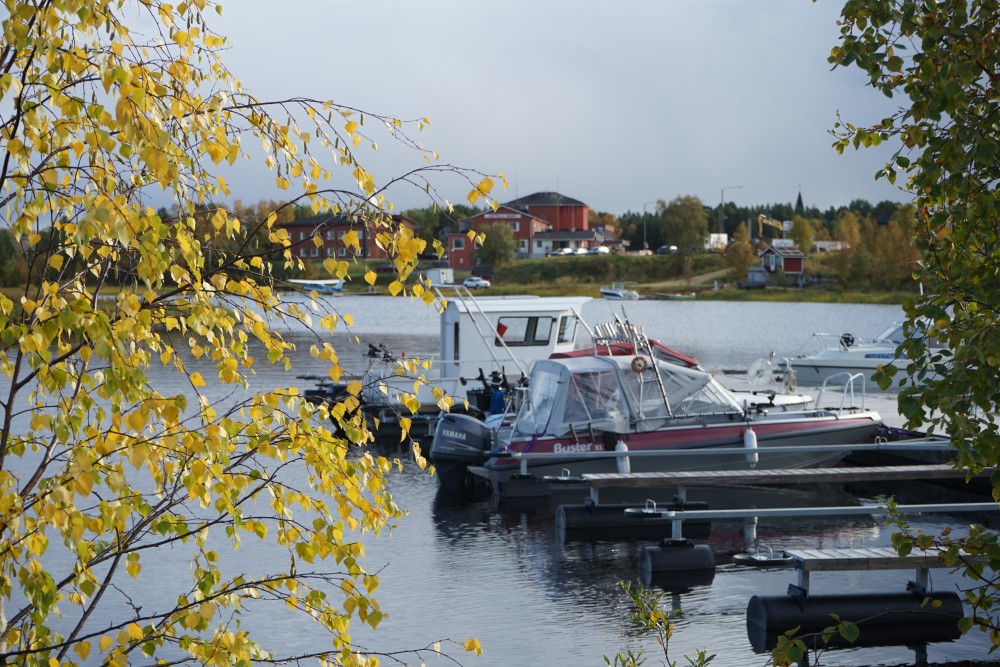
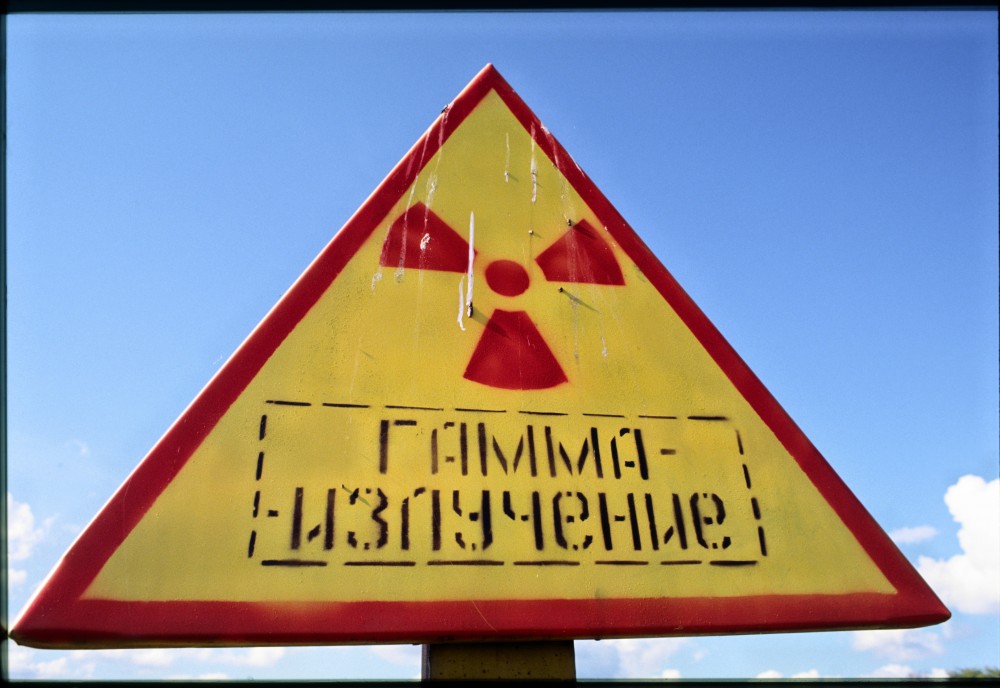
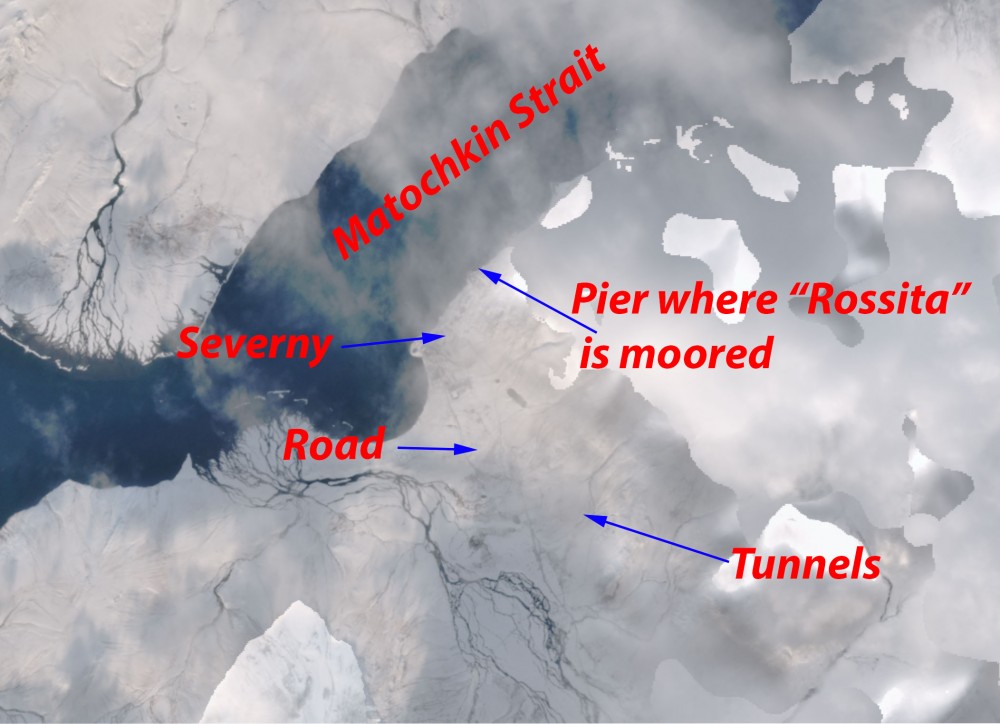
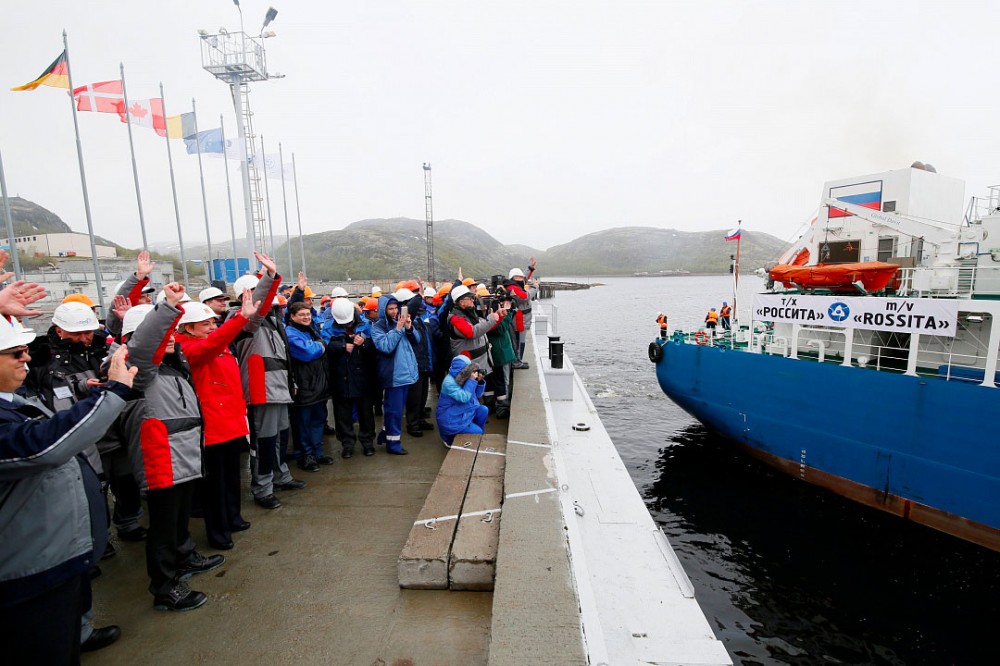
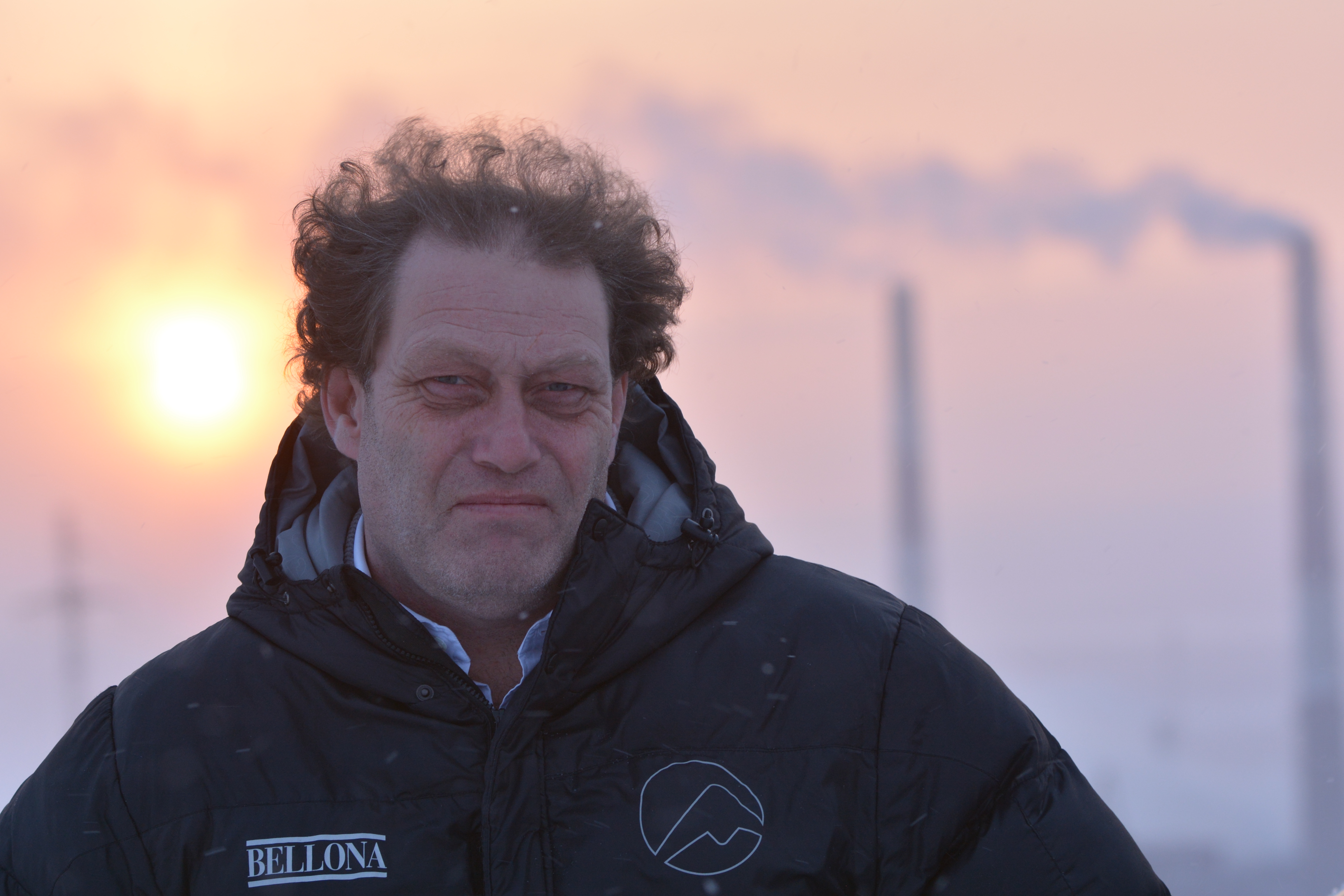
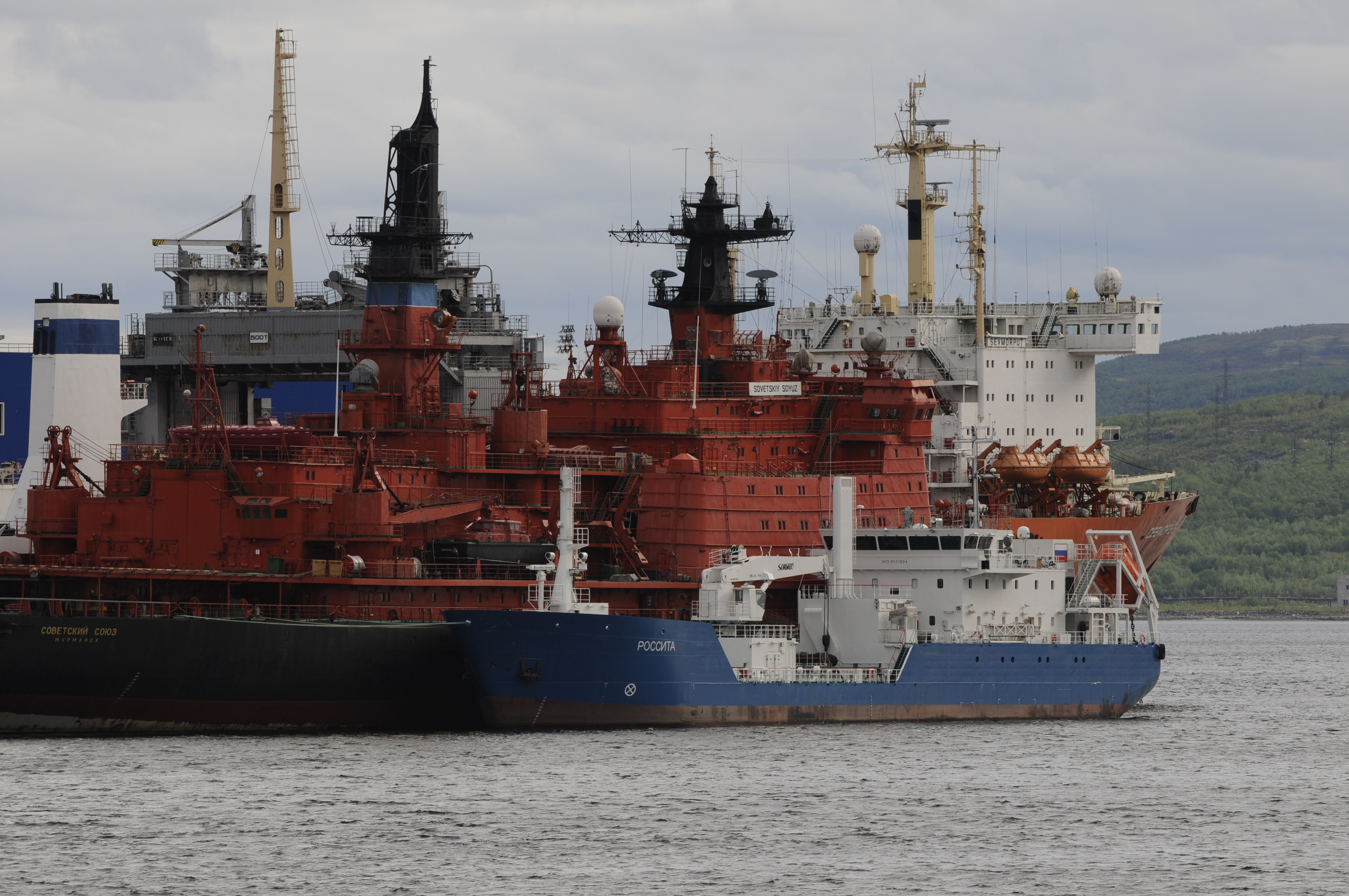
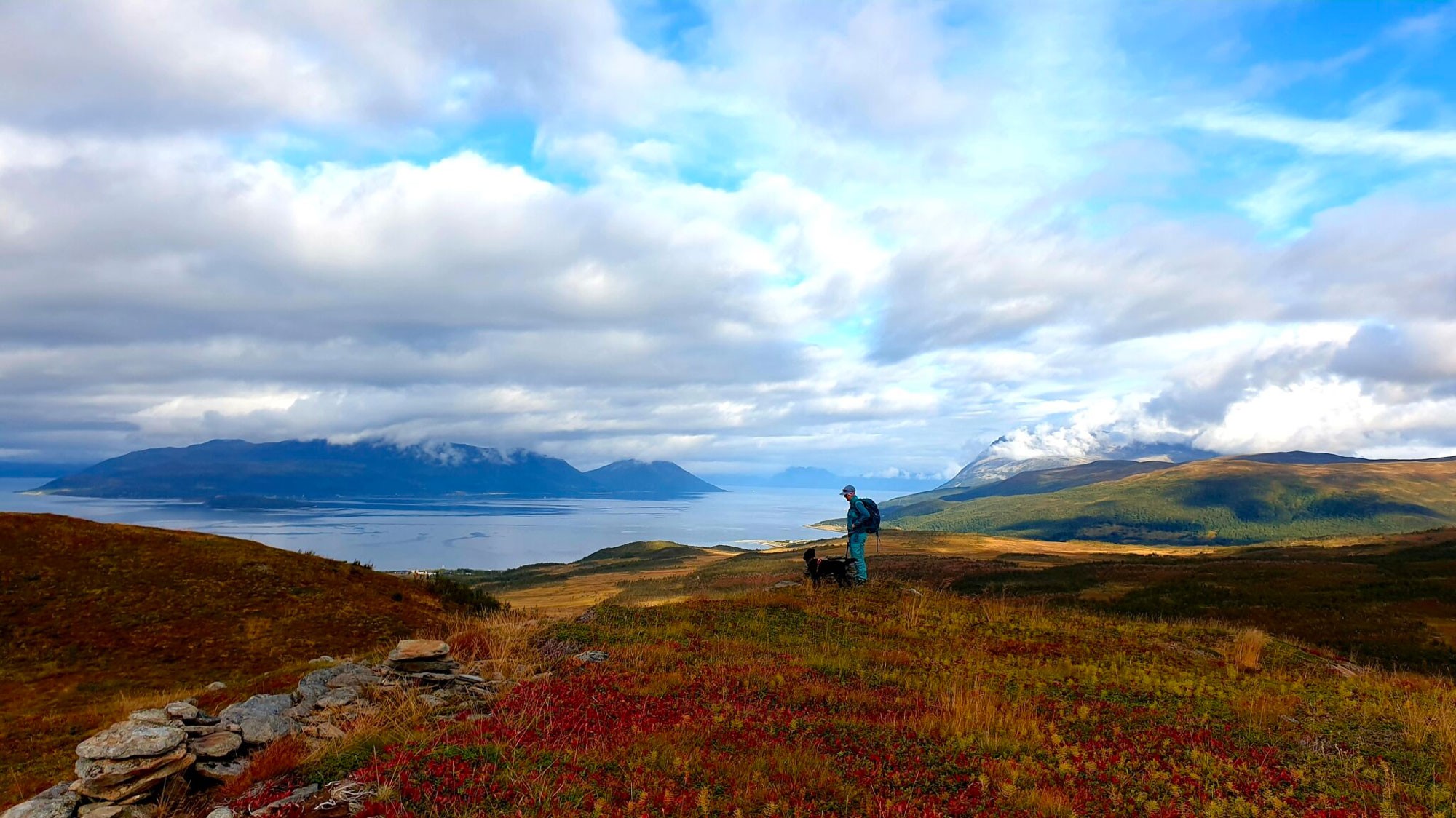
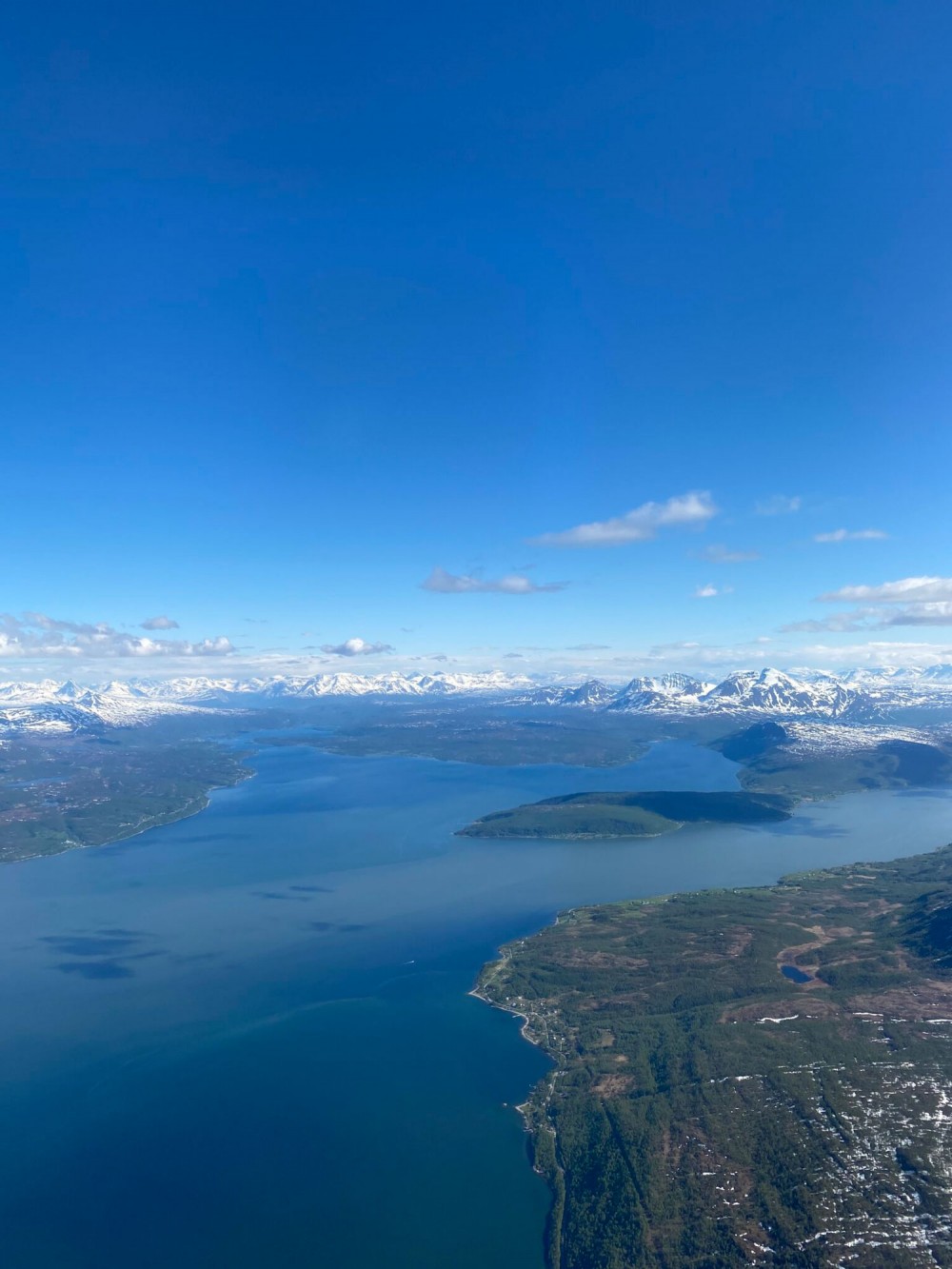
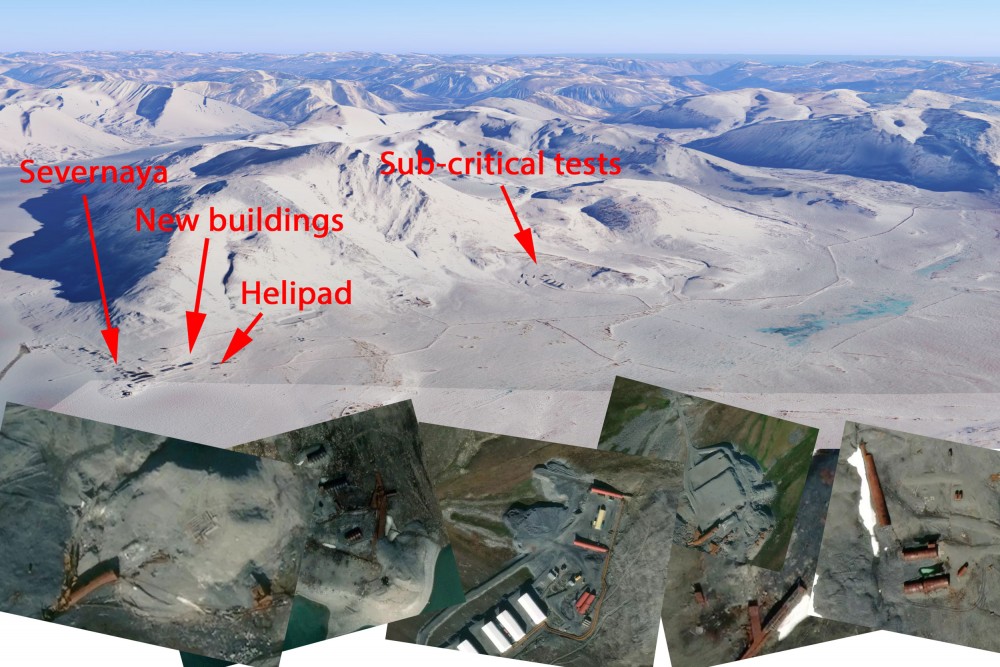
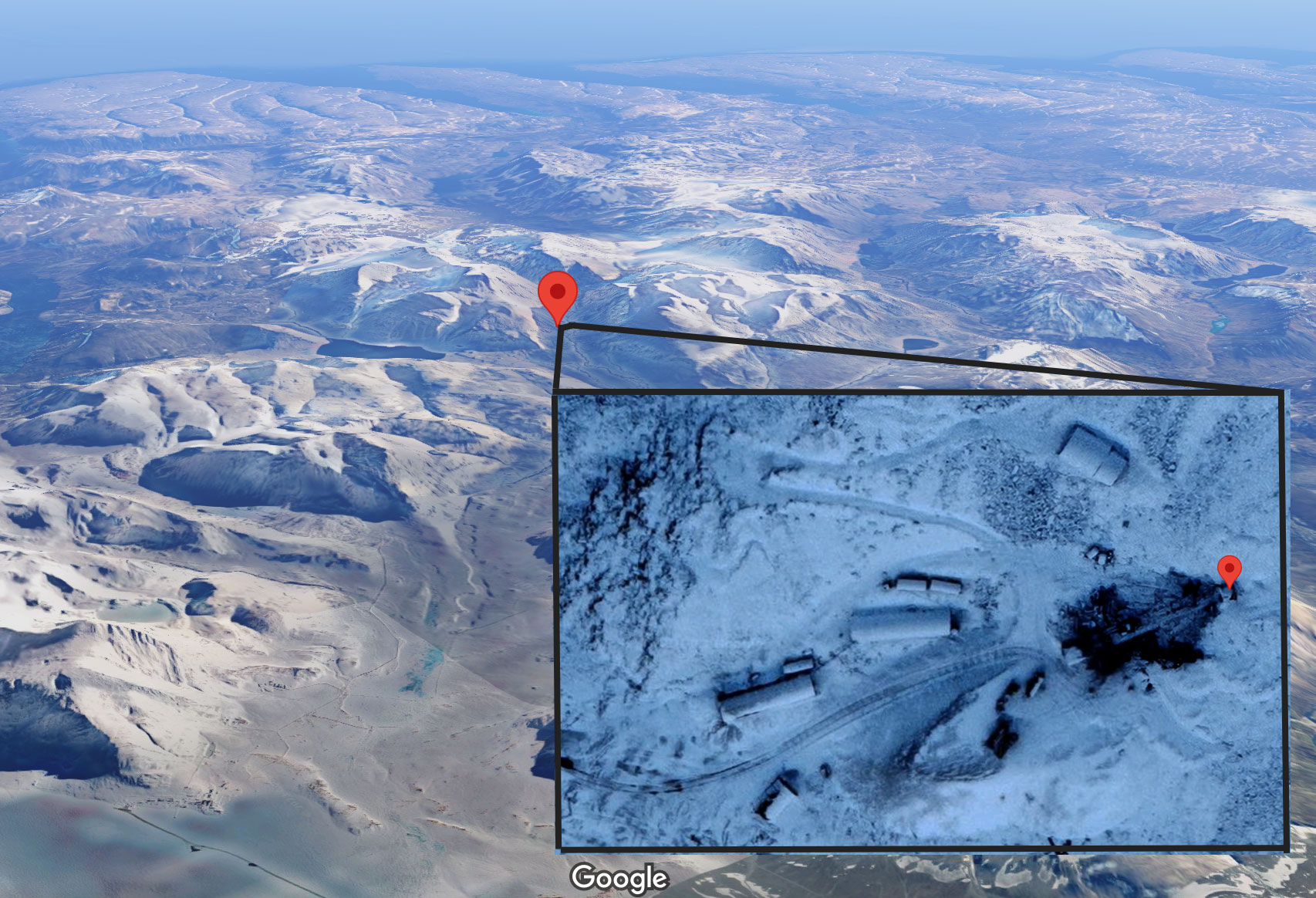
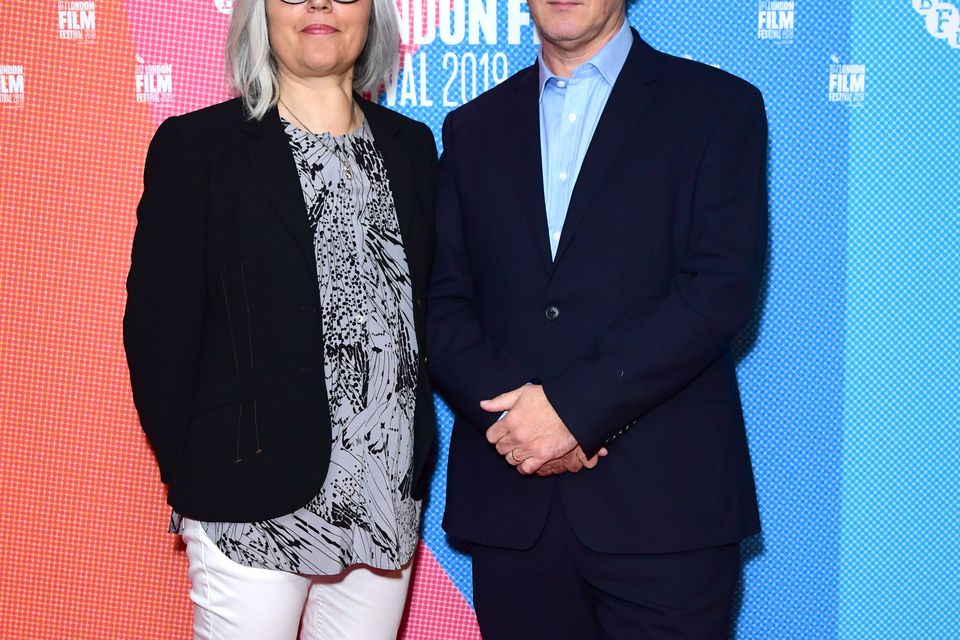




 Visitors look at Van Gogh's "Portrait of Dr Paul Gachet" at the Musée d'Orsay in Paris. © AFP - Dimitar Dilkoff
Visitors look at Van Gogh's "Portrait of Dr Paul Gachet" at the Musée d'Orsay in Paris. © AFP - Dimitar Dilkoff